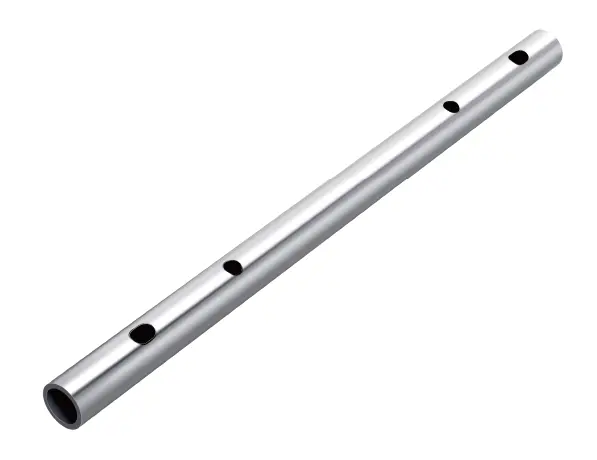basic knowledge of automotive parts
2 月 . 10, 2025 17:42

Understanding automotive parts is essential for both car enthusiasts and everyday vehicle owners. Unlike learning about the latest car technologies or brands, gaining a basic knowledge of automotive parts provides a foundational insight into how vehicles operate, which can enhance maintenance, repair efforts, and even the purchasing decisions. This guide delves into the essential automotive components, enhancing both comprehension and confidence when handling vehicle issues.

The engine, often referred to as the car's heart, is paramount. It converts fuel into mechanical energy, propelling the vehicle. Engines vary in configuration - inline, V-type, or flat - each affecting the car's performance, fuel efficiency, and maintenance needs differently. Understanding engine mechanics, such as the role of pistons, cylinders, and spark plugs, allows one to grasp how power is generated and harnessed.
The transmission is another critical component. It transfers engine power to the wheels, controlling speed and torque. Transmissions can be manual,
automatic, or continuously variable (CVT). Each type has distinct advantages; manual transmissions offer better control and efficiency, whereas automatics provide ease of use. Recognizing transmission issues, like delayed shifts or strange noises, can prevent costly repairs.

Suspension systems provide comfort and control by absorbing shocks from the road. Components like springs, shock absorbers, and struts must be understood for their role in ensuring a smooth ride and vehicle stability. A well-maintained suspension system improves handling and prolongs tire life, underscoring its importance in vehicle safety.
The braking system, vital for safety, relies on components like brake pads, rotors, and calipers. Understanding the difference between disc and drum brakes, and the significance of brake fluid, can help in diagnosing issues such as squealing sounds or reduced stopping power. Regular brake maintenance is crucial to avoid accidents.
basic knowledge of automotive parts
Electrical systems power components like lights, sensors, and air conditioning. The battery and alternator are key players; a faulty alternator can lead to battery drainage. Familiarity with this system aids in troubleshooting problems like dimming lights or difficulty starting the car.
Exhaust systems manage engine emissions, ensuring they are safe and less pollutive. Key parts include the catalytic converter and muffler. A malfunctioning exhaust system can affect engine performance and increase pollution, highlighting the need for timely repairs.
Understanding automotive parts extends beyond knowing their functions; it involves recognizing the signs of wear and the importance of regular maintenance. Such knowledge empowers car owners to engage confidently with mechanics, ensuring they receive appropriate services without being misled.
Engagement in community forums or attending workshops can enhance understanding and provide insights from industry experts. Moreover, utilizing resources like manuals or online guides ensures the information is both current and authoritative.
In sum, possessing a basic knowledge of automotive parts is fundamental for anyone involved with vehicles. It not only enriches the driving experience but also contributes to vehicle longevity, safety, and efficiency. As automotive technology evolves, continuous learning remains imperative, ensuring that one's expertise remains relevant and reliable.


